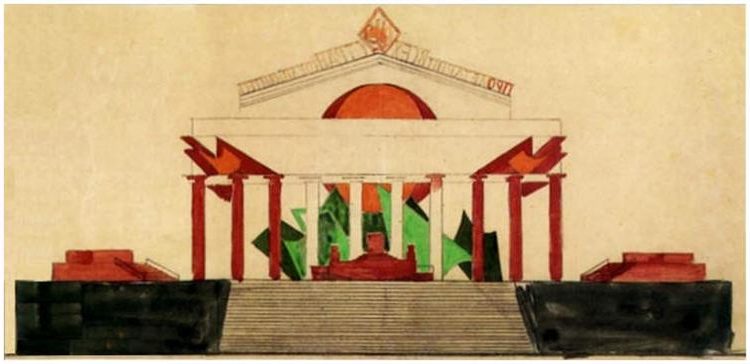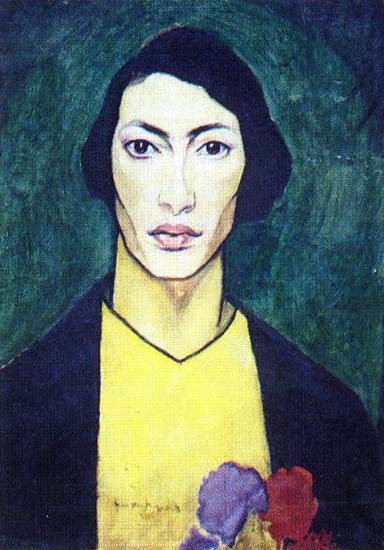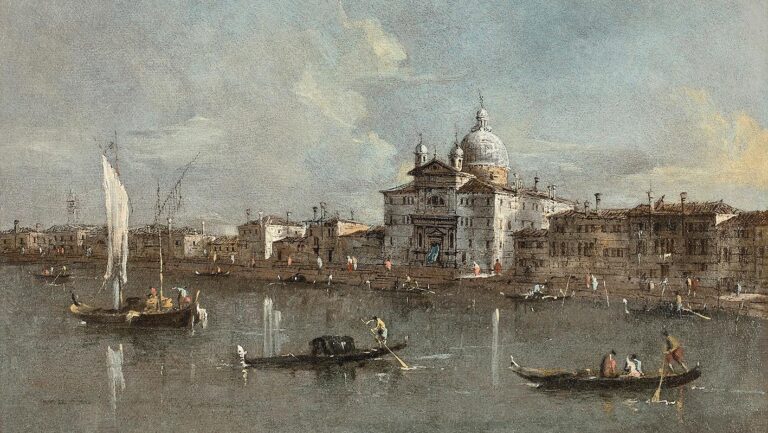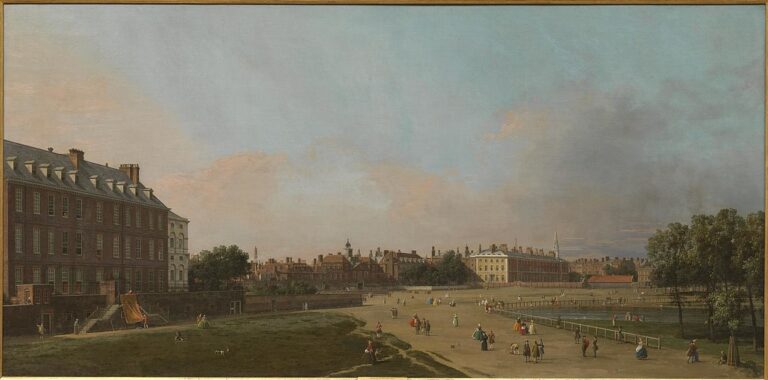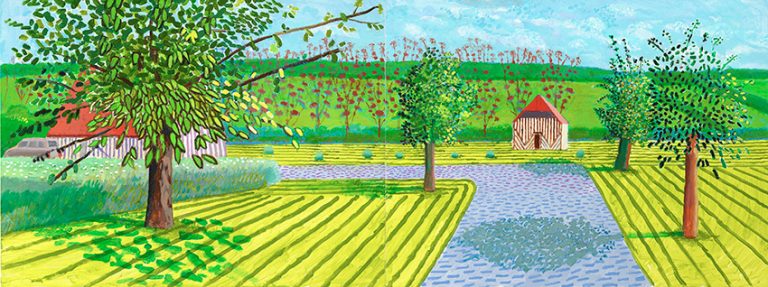Nathan Altman Painter: Russian Avant-Garde Pioneer of the Early 20th Century
Born: 22 December 1889, Vinnytsia, Ukraine
Death: 12 December 1970, Leningrad, Russia
Art Movement: Cubism, Constructivism
Nationality: Russian
Influenced By: Cézanne and Picasso
Institution: Grekov Odessa Art School
Nathan Altman Painter: Russian Avant-Garde Pioneer of the Early 20th Century
Early Life and Education
Nathan Isaevich Altman was born in 1889 in Vinnytsia, Ukraine. He grew up in a Jewish merchant family and showed early artistic talent.
His education took him from religious studies to formal art training in Odessa.
Origins in Vinnytsia
Altman’s birthplace was Vinnytsia, a city in the Podolia Governorate of the Russian Empire. He came from a family of Jewish merchants.

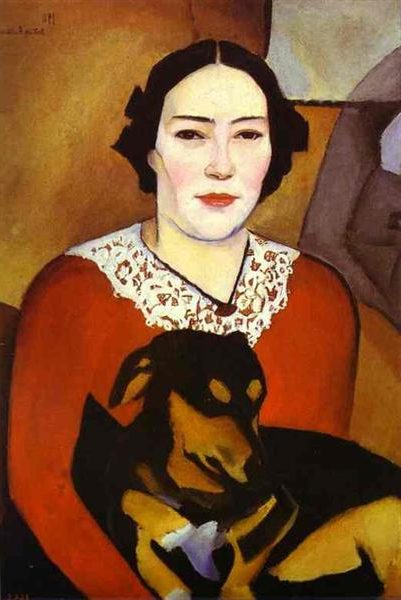
As a child, Altman studied at a heder, a traditional Jewish elementary school. He later switched to a public school in Vinnytsia. This mix of religious and secular education shaped his early years.
Artistic Beginnings in Odessa
In 1902, at age 13, Altman moved to Odessa to study art. He enrolled at the Grekov Odessa Art School. This school was a key center for artistic training in the region.
Altman spent five years at the Odessa school, from 1902 to 1907. He focused on painting and sculpture. This formal art education laid the foundation for his future career.
In Odessa, Altman had his first art exhibition in 1906. This early show marked the start of his public artistic career.
Artistic Development and Key Movements
Nathan Altman’s artistic journey spanned several influential movements and styles. He made notable contributions to avant-garde circles, Jewish graphic art, and decorative arts while participating in major exhibitions.
Involvement With Avant-Garde Circles
Altman became a key figure in Russian avant-garde art in the early 20th century. He joined the Soyuz Molodyozhi (Union of Youth) group in Saint Petersburg, mixing with artists like Kasimir Malevich and Vladimir Tatlin.
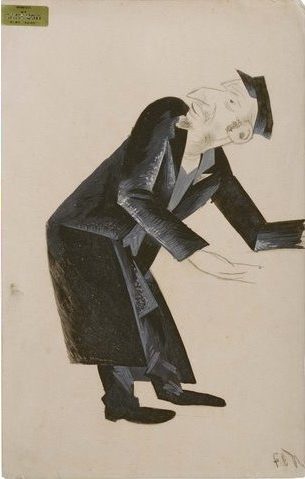
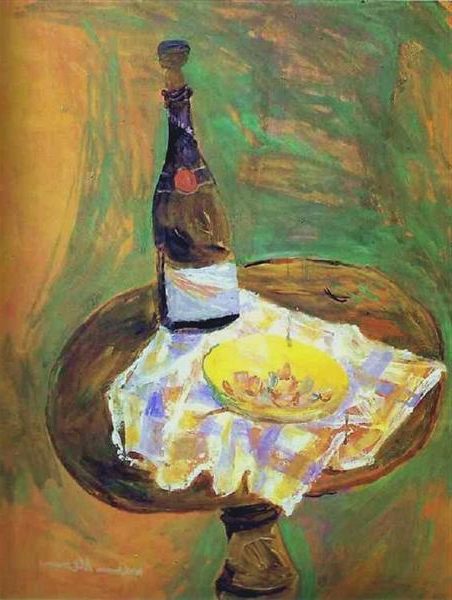
His style evolved from Impressionism to Cubism. Altman’s famous 1914 “Portrait of Anna Akhmatova” showed his mastery of Cubist techniques.
After the October Revolution, Altman took part in new art institutions. He taught at the Free Russian Academy and worked with the Department of Fine Arts in Petrograd.
Contributions to Jewish Graphic Art
Altman played a major role in developing modern Jewish graphic art. In 1923, he published “Evrejskaja Grafika Natana Al’tmana” (Jewish Graphics of Nathan Altman), a landmark book of his designs.
He created sets and costumes for Jewish theaters, including Habimah Theatre and the Moscow State Jewish Theatre. His work blended avant-garde styles with Jewish themes and motifs.
Altman also helped found the Jewish Society for the Furthering of the Arts. This group promoted Jewish culture through visual arts.
Participation in Exhibitions and Decorative Arts
Altman’s work gained international recognition through major exhibitions. He showed pieces at the 1925 Exposition Internationale des Arts Decoratifs et Industriels Modernes in Paris.
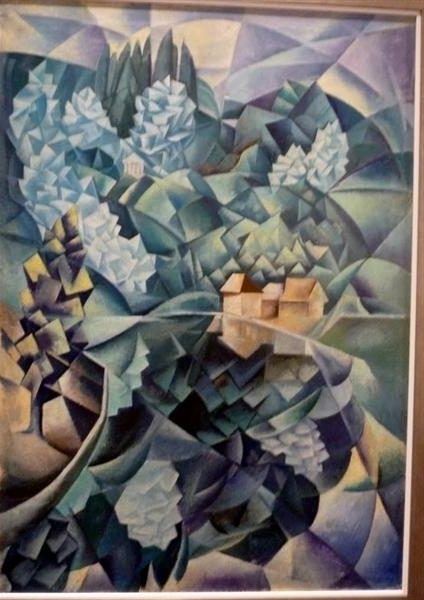
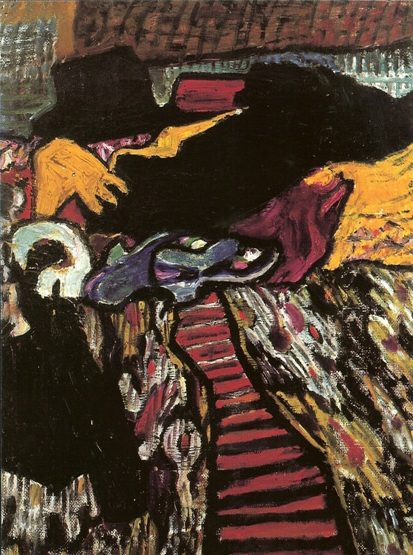
His art combined elements of Cubism, Art Deco, and Soviet avant-garde styles. Altman designed posters, book covers, and architectural sculptures for public spaces.
In 1928, his works were included in a Russian art show at the Museum of Modern Art in New York. This exhibit introduced Altman and other Russian avant-garde artists to American audiences.
Legacy and Influence
Nathan Altman’s work left a lasting mark on Soviet and modern art. His innovative style and techniques influenced many artists who came after him.
Impact on Soviet and Modern Art
Altman’s Cubist style and avant-garde approach shaped Soviet art in the early 20th century. His designs for the October Revolution celebrations in Palace Square became iconic.
Many young artists looked to Altman’s bold use of color and form as inspiration. His work bridged Russian and Western art movements, bringing new ideas to Soviet artistic circles.
Altman’s influence extended beyond painting to theater design and book illustration. His versatility inspired other artists to explore different mediums.
Preservation and Studies of Altman’s Works
Museums in Russia and abroad house many of Altman’s paintings and drawings. The Russian Museum in St. Petersburg has a large collection of his work.
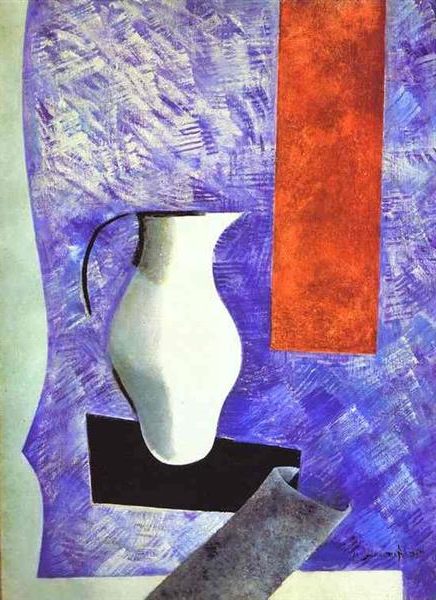
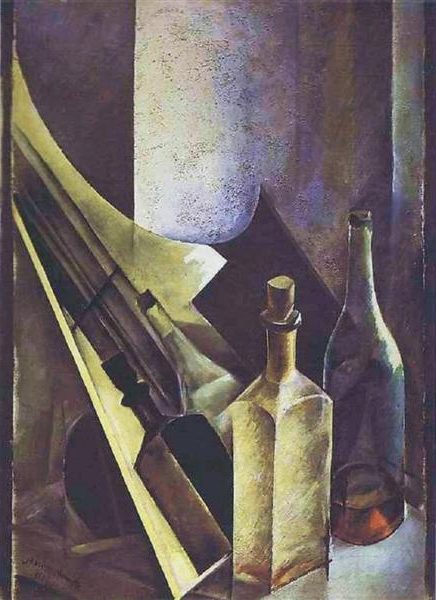
Art historians continue to study Altman’s unique style and techniques. Several books and essays analyze his contributions to Soviet avant-garde art.
Altman’s papers and letters provide insight into his creative process. Digital archives now make his work more accessible to researchers and art lovers worldwide.
Exhibitions of Altman’s art still draw crowds in Russia and other countries.
Frequently Asked Questions
Nathan Altman was a key figure in early 20th century art movements. He made notable contributions to painting, illustration, and theater design.
What stylistic movements is Nathan Altman known for contributing to?
Nathan Altman was a major contributor to Cubism and Constructivism. He helped shape the Russian avant-garde art scene in the early 1900s. His work often mixed geometric shapes with bold colors.
Could you highlight some of Nathan Altman’s most significant artistic works?
Altman’s 1914 portrait of Anna Akhmatova is one of his best-known paintings. His 1921 cubist still life “Guitar” is another important work. Altman also created striking posters and book covers throughout his career.
How did Nathan Altman’s work influence the art scene during his lifetime?
Altman’s innovative style inspired many other artists in Russia and Europe. His abstract designs for theater sets changed how plays were staged. He helped bring modern art ideas to a wider audience through his public works and teaching.
What were some of Nathan Altman’s major influences that shaped his artistic style?
Altman was inspired by French painters like Cézanne and Picasso. He also drew from Jewish folk art and Russian icons. His time in Paris exposed him to new art trends that he brought back to Russia.
Can you outline Nathan Altman’s contributions to theater and set design?
Altman designed sets and costumes for many important theater productions. He worked on plays by writers like Chekhov and Shakespeare. His bold, geometric designs helped modernize Russian theater in the 1920s.
How has Nathan Altman’s legacy been preserved in the world of art history?
Many museums display Altman’s paintings and drawings. Art historians study his role in Russian avant-garde movements. His theater designs continue to inspire modern set designers.
Altman’s work remains an important part of 20th century art history.

